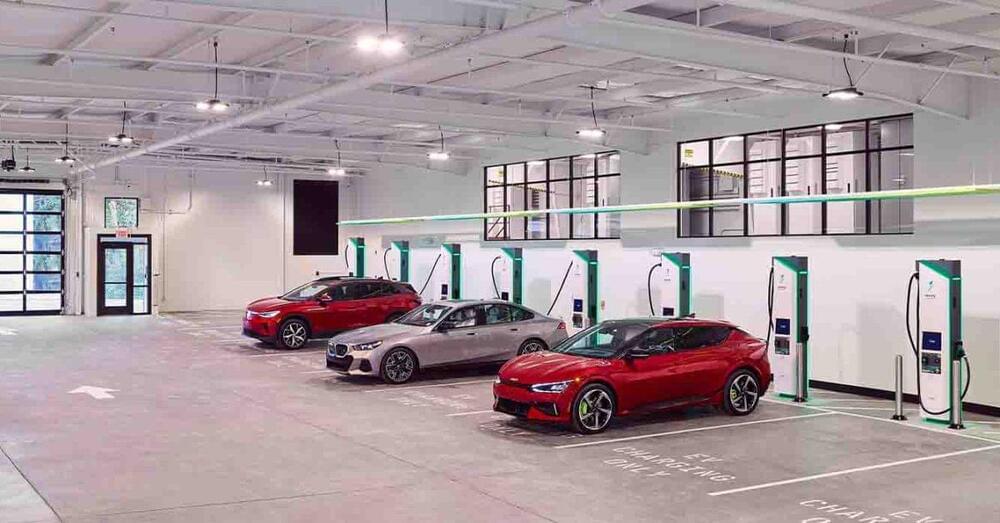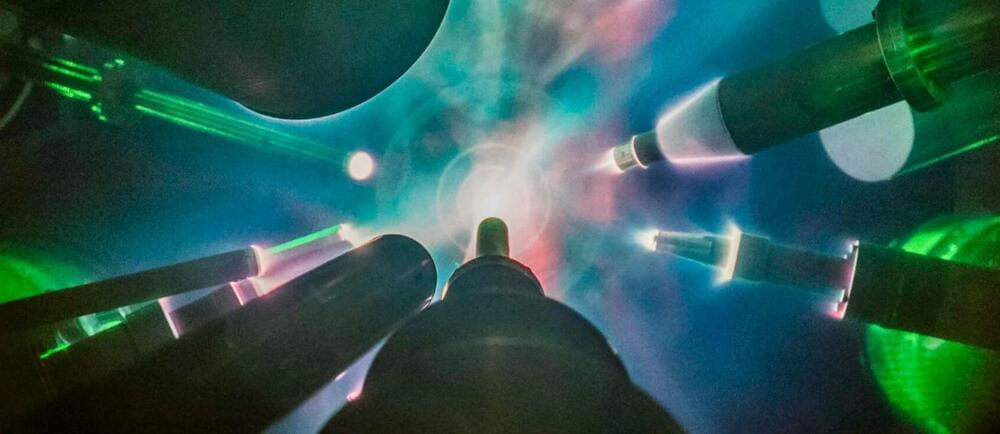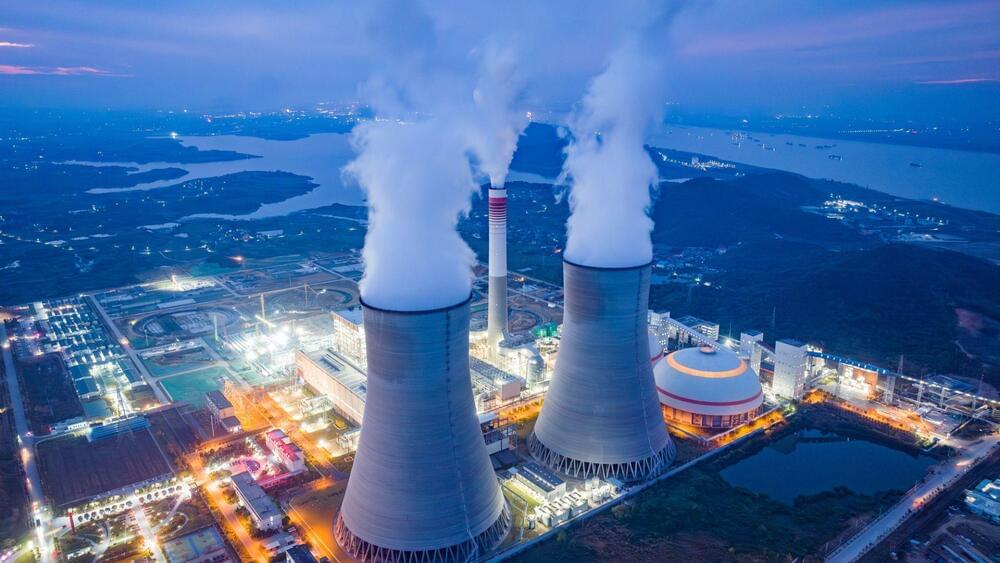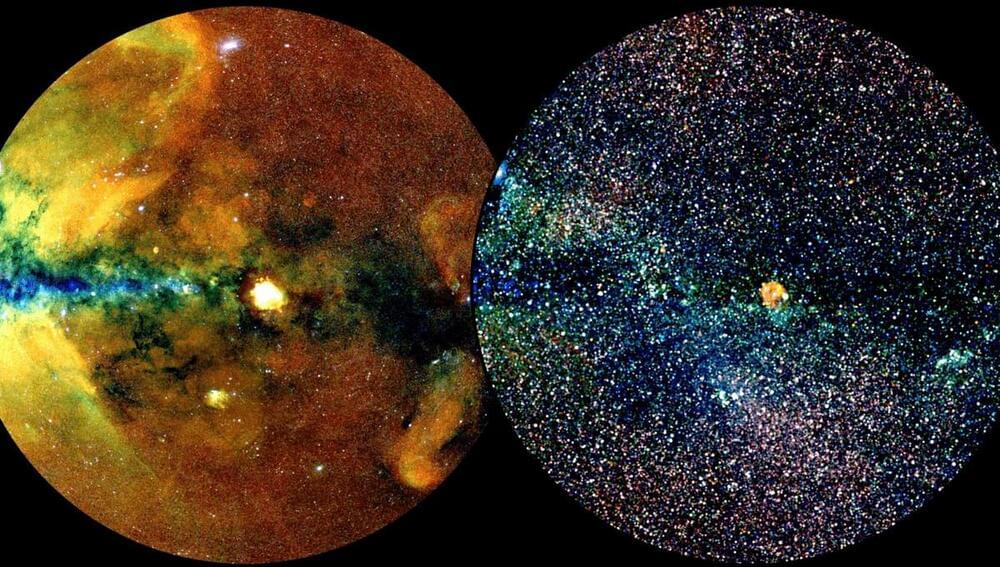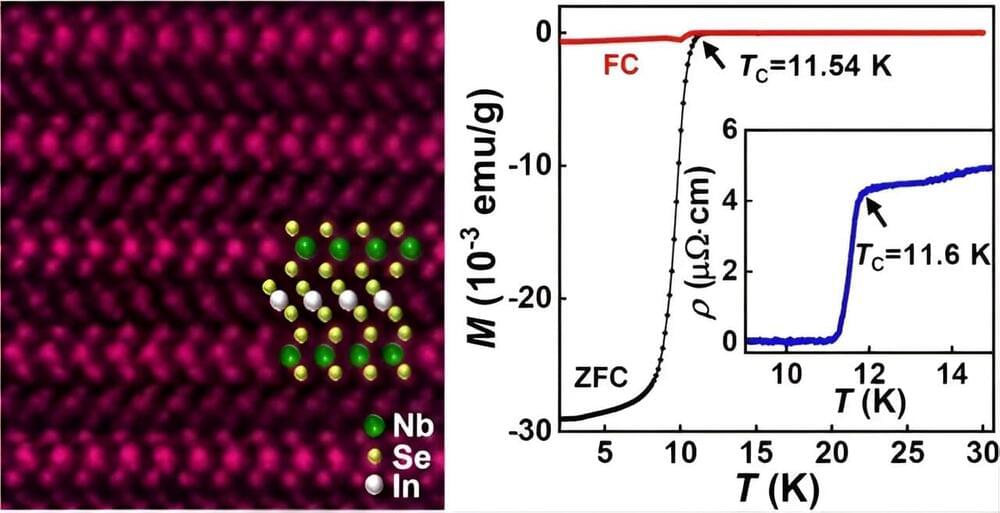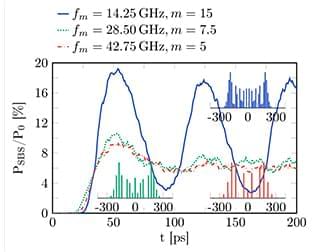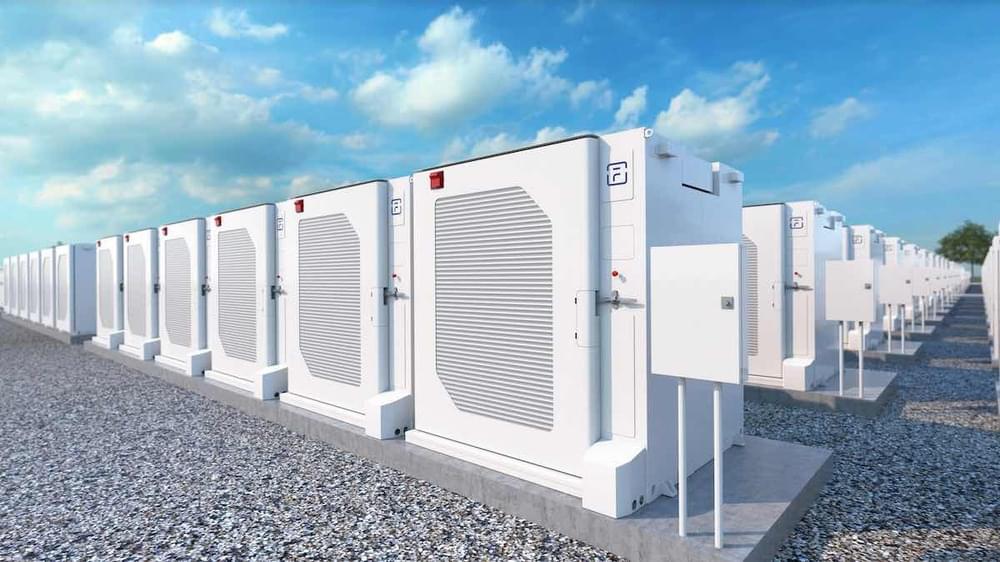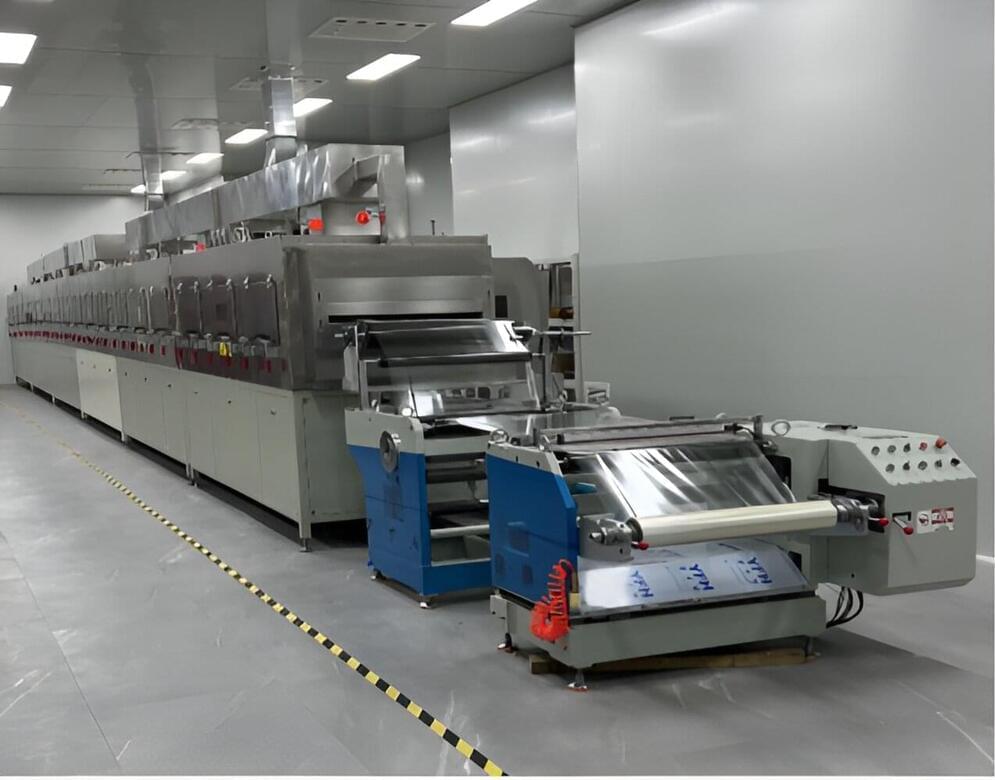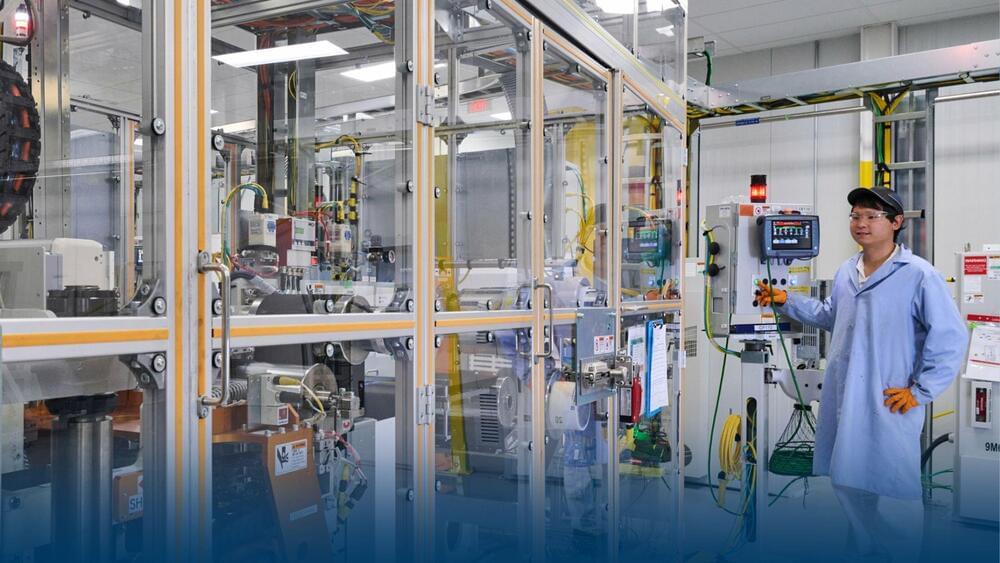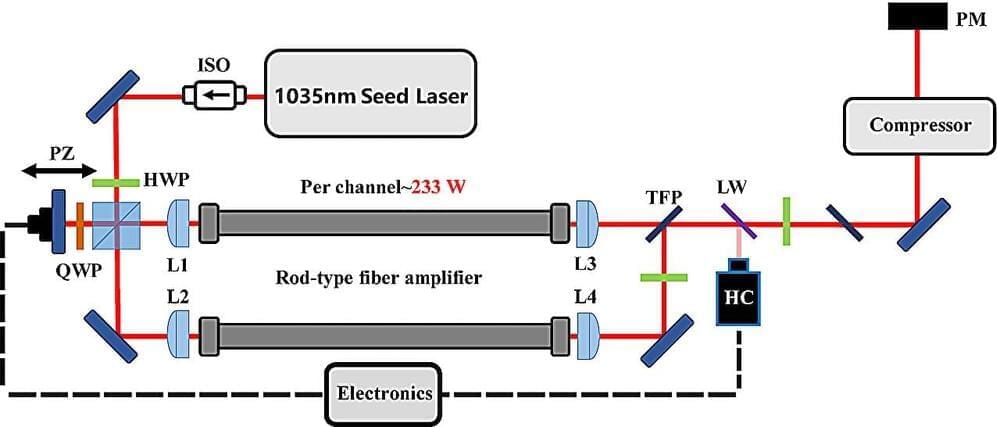Feb 7, 2024
Electrify America set to open its first indoor EV charging station to the public this week
Posted by Shailesh Prasad in categories: energy, internet, space, sustainability
EV charging network Electrify America will soon offer the public an EV charging experience safe from the elements, where drivers can pull in, plug in, and chill out while their vehicle replenishes. This flagship indoor charging station kicks off a potential future in which you don’t have to wait in your car or outside while you charge… It also has complimentary Wi-Fi.
Electrify America is one of the largest open DC fast charging networks in the US that is investing billions into expanding EV infrastructure to support the growing number of zero-emissions vehicles hitting roads.
Outside of the Tesla Supercharger network, Electrify America is easily the most prominent and recognizable name in its respective space, expanding cleaner energy alternatives like solar farms to support its growing number of EV charging stations.
